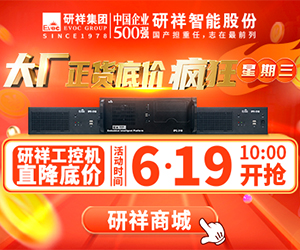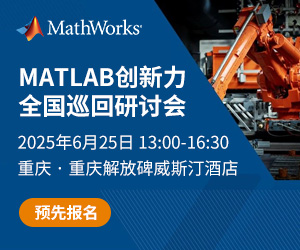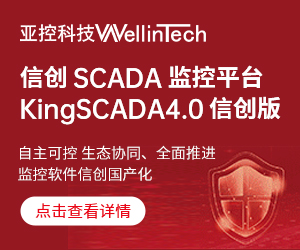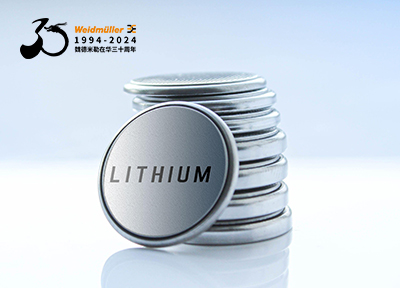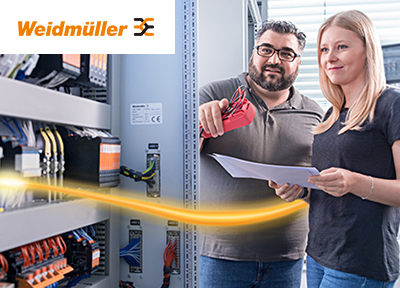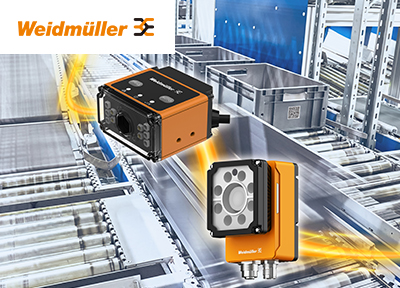Like every manufacturer facing rising costs, Nirma sought ways to reduce its fuel and power consumption as well as optimize the recovery of costly feed kerosene used in its manufacturing process.
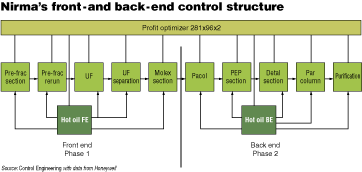
A graphic depiction of how Honeywell Profit Controller and Profit Optimizer were implemented in Nirma's overall control structure to achieve plantwide global dynamic real-time optimization.
KEY
281x96x2= the number of controlled variables, manupulated variables, and disturbance variables, res
Pre-frac= a tower that flashes off the lightest materials to prevent flooding in the downstream fractionation tower(s)
UF= union finingwww.cechina.cn, UOP technology; Molex, Pacol, PEP, and Detal also refer to UOP processes
FE= front end
BE= back end
Par column= paraffin column
Based in IndiaCONTROL ENGINEERING China版权所有, Nirma manufactures detergents, bath soaps, saltCONTROL ENGINEERING China版权所有, industrial productsCONTROL ENGINEERING China版权所有, and fertilizer. Its products have a retail reach of more than two million retail outlets and more than 300 million loyal consumers throughout India. The company started as a one-man operation in 1969控制工程网版权所有, and today employs about 15,000 people.
Nirma’s linear alkyl benzene (LAB) complex is considered one of the most efficiently run LAB plants in India. The LAB production process starts with the processing of straight run kerosene fraction. During processing, normal paraffin is separated from other kerosene fraction.
The normal paraffin separation process is called the front end, in which the normal paraffin is olefinated and eventually reacted with benzene, which results predominantly in LAB. It also produces some heavy alkyl benzene (HAB).
The LAB production unit is called the back end. For providing heat to the distillation column, reboilers, and other heaters, hot oil is used in both front-end and back-end processing. Hot oil return is sent to a furnace for maintaining its supply temperature.
Recovery optimization
Nirma’s main goals for its LAB plant were to improve energy efficiency and to optimize normal paraf


 在线会议
在线会议 论坛
论坛 专题
专题 工控直播
工控直播 新闻中心
新闻中心 子站
子站 技术
技术 社区
社区


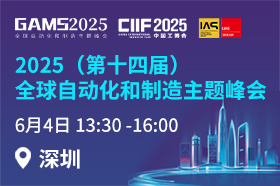 2025 (第十四届) 全球自动化和制造主题峰会 ·深圳站
2025 (第十四届) 全球自动化和制造主题峰会 ·深圳站 2025 Raythink燧石红外热像仪有奖试用
2025 Raythink燧石红外热像仪有奖试用.jpg) 立即获取Fluke在线红外热像仪解决方案白皮书
立即获取Fluke在线红外热像仪解决方案白皮书 2025电子及半导体智能制造创新高峰论坛
2025电子及半导体智能制造创新高峰论坛.jpg) 电机与变频驱动故障排除白皮书免费下载
电机与变频驱动故障排除白皮书免费下载
